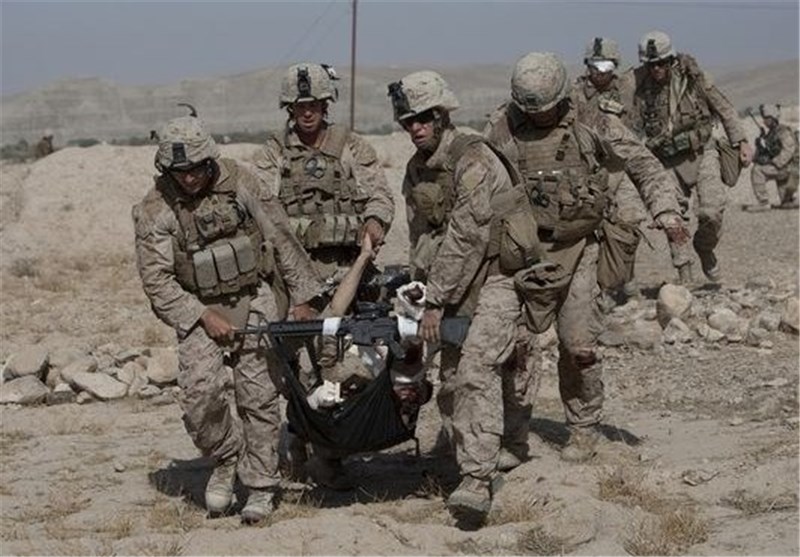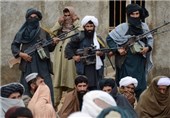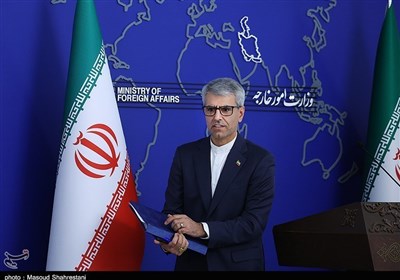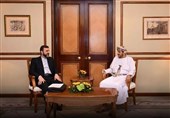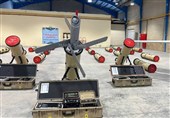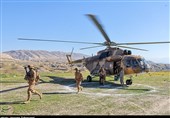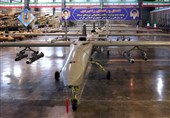Confusion among US Troops over Afghan Mission: Pentagon Report
TEHRAN (Tasnim) - Amid fierce fighting after the Taliban captured the northern Afghan city of Kunduz last year, US Special Forces advisers repeatedly asked their commanders how far they were allowed to go to help local troops retake the city.
They got no answer, according to witnesses interviewed in a recently declassified, heavily redacted Pentagon report that lays bare the confusion over rules of engagement governing the mission in Afghanistan, Reuters reports.
As the Taliban insurgency gathers strength, avoiding enemy fire has become increasingly difficult for advisers, who have been acting as consultants rather than combatants since NATO forces formally ceased fighting at the end of 2014.
In the heat of the battle, lines can be blurred, and the problem is not exclusive to Afghanistan: Questions have arisen over the role of US troops in Iraq after a US Navy SEAL was killed by Daesh (ISIL) this month.
“‘How far do you want to go?’ is not a proper response to ‘How far do you want us to go?’” one Special Forces member told investigators in a report into the American airstrikes on a hospital in Kunduz that killed 42 medical staff, patients and caretakers.
That incident was the biggest single tragedy of the brief capitulation of Kunduz to Taliban militants, and there is no suggestion that the mistake was the result of a lack of clarity over the rules of engagement.
But the 700-page report, much of it blacked out for security reasons, sheds light on how the rules are not fully understood, even by some troops on the ground, compromising the mission to stabilize the nation and defeat a worsening extremist insurgency.
The issues exposed in the report are likely to be considered by the new US commander in Afghanistan, Gen. John Nicholson, as he prepares to makes recommendations in the coming weeks that may clarify or expand the level of combat support the US-led training mission can provide.
“It’s not a strategy and, in fact, it’s a recipe for disaster in that kind of kinetic environment,” said the soldier, who, like others in the report, was not identified.
He added that his unit, whose role was to advise and assist Afghan forces without engaging in combat, asked three times for commanders to clarify the rules governing their mission.
“Sadly, the only sounds audible were the sounds of crickets ... though those were hard to hear over the gunfire.”
Critics say the confusion comes from political expediency, because US leaders are keen to portray the Afghan operation as designed mainly to help local forces fight for themselves. “The rules of engagement are trapped in the jaws of political confusion about the mission,” a senior Western official told Reuters.
“Nobody in Western capitals seems willing to admit that Afghanistan is a worsening war zone and ... that their troops are still battling out a combat mission on a daily basis,” added the official, who declined to be named.
The Pentagon has not fully publicized rules governing the use of force by US troops, who may be called upon to act under either type of mission, sometimes in the same battle.
In the four days leading up to the hospital attack, US Special Forces called in nine close air support strikes under the authority of counterterrorism, and 13 under Resolute Support, according to the report.
